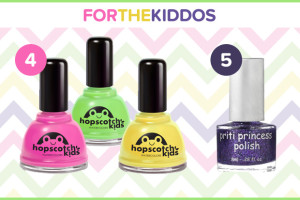We have all had a craving for raw cookie dough from time to time, or we want cookies but are too lazy to actually bake them. Hearing that it is unsafe to eat in its raw form has been repeated over and over by everyone, but what is the reason for this?
Eating raw cookie dough alone is not automatically dangerous. A great deal of valid sites advise against consuming it in its raw state, predominantly cookie dough that is homemade. The explanation behind this has to do with essentially only one additive that is usually in homemade cookie dough but not always in the cookie dough you find on the shelves– raw eggs. While overeating any kind of cookie dough in the raw may cause you nausea or a stomach pains, it will not cause you any real harm unless it has raw eggs. Overall, raw cookie dough should be intended for baking in your oven, not your mouth.
So what is the factor that is so dangerous within eggs? Salmonella, the harmful bacteria found in raw eggs, is one of the most prevalent causes of food poisoning in the United States. Generally, symptoms occur 4-7 days and most people recover without any treatment, but in some cases this illness can require hospitalization. But, Salmonella can cause more serious illness in older adults, infants, and persons with chronic diseases. Salmonella is killed by cooking and pasteurization. Symptoms of Salmonella include diarrhea, fever, abdominal cramps, and vomiting; all things people generally do not desire.
Unfortunately, Salmonella does not create noticeable symptoms from the hens that then lay the eggs we consume. This, in turn, explains why eggs containing Salmonella go through hen houses undetected and onto our grocery store shelves. When the reoccurring complaints of ailments such as nausea and vomiting began to lead to hospitalization, people began to realize what was causing their sicknesses. “This is what occurred in the 1980s, when egg-associated salmonella outbreaks in the northeastern United States killed dozens of people and sickened hundreds of others.” After these outbreaks, hen houses began to follow protocols to avoid the transmission of salmonella. Pennsylvania, particularly, helped in extinguishing this illness most of all by creating The Pennsylvania Egg Quality Assurance Program. This is a program that obligated farms that were participating in this movement, to test all of their baby hens for salmonella, and increase the sanitation in hen houses by stopping their hens from ever coming in contact with any rodents or other animals that may possess the bacteria, as well as refrigerating eggs at all times to prevent the multiplication of bacteria.
The Pennsylvania Egg Quality Assurance Program
Now I’m sure you are all wondering the same question: how likely is it for me to get Salmonella from raw eggs? In the 18 years since the The Pennsylvania Egg Quality Assurance Program began, the percent of harmful hen houses has decreased from 30 percent (from 38 percent to 8 percent). “In 1992, 26 percent of samples from Pennsylvania hen houses tested positive. Today, that’s down to 1 percent.” The risk of Salmonella from one egg was always very low. “just 2.6 per 10,000 eggs from infected flocks tested positive for salmonella in 1992.” In the present due to the help of this program that number has decreased over 50 percent (1.2 eggs in 10,000). And even so, within this 1.2 eggs many of the infected ones are found before placed on shelves for consumption.
So overall, the chance of Salmonella from raw cookie dough, or any other product containing raw eggs, is really low. You should still take precautions when going for a spoon full of cookie dough from the tub, but the chances of contracting Salmonella are very low. To stay on the safe side, I would recommend baking your cookies before you eat them… It tastes better and is safer.





























